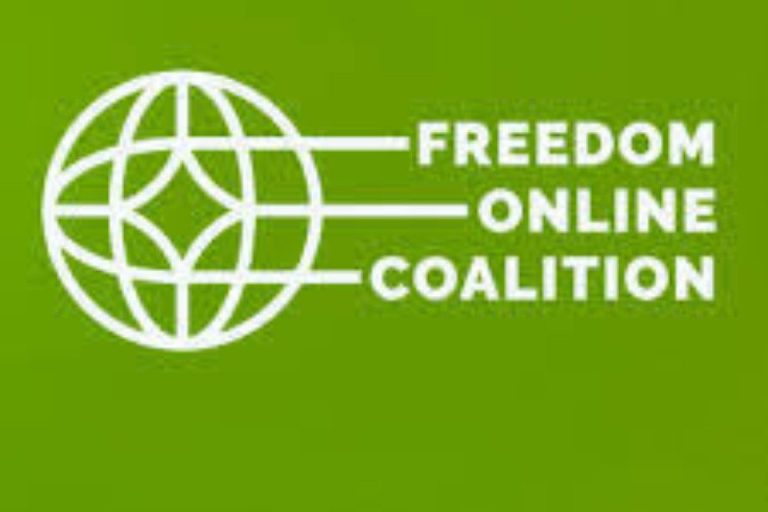Research conducted by the Vienna-based International Press Institute (IPI), Death Watch, has recorded a total of 45 journalists killed in connection with their work or lost their lives on assignment in 2021, a sombre tally that reflects the continued risks of doing journalism and reaffirms journalist safety as a global challenge according to IPI.
To this end, IPI has called on authorities to end impunity for these crimes and to ensure the protection of journalists, who must be able to do their work freely and safely.
The report shows that of these 45 journalists killed in 2021, 40 were male and five were female. A total of 28 of them were targeted due to their work, while three were killed while covering conflict. Two lost their lives covering civil unrest, and one journalist was killed while on assignment. Eleven cases are still under investigation.
Although the last few years have seen an overall decrease in the number of killings of journalists, IPI said it is not cause for celebration.
The Death Watch includes names of journalists who were deliberately targeted because of their profession – either because of their reporting or simply because they were journalists – as well as those who lost their lives while covering conflict or while on assignment. The list includes journalists, editors, and reporters, as well as media workers who directly contribute to news content, such as camerapersons.
The statistics are based on IPI’s regular monitoring of attacks on journalists. Additionally, IPI works closely with its network of members and with local journalism organizations to assess whether the killing of a journalist was likely to be work-related or not.
IPI, in the Death Watch, classifies 28 journalists killed as targeted due to their work, meaning that there are clear indications that the victims were deliberately targeted and killed due to their profession – either in retaliation for specific reporting or simply for being a journalist.
The list includes independent Somali journalist Jamal Farah Adan, who was shot by gunmen on March 1. The extremist group Al-Shabaab later claimed responsibility. In July, Mexican journalist Ricardo Dominguez López, owner of news website InfoGuaymas, was shot to death in the parking lot of a supermarket on his 47th birthday.
Some of the journalists received death threats before they were murdered. Those in this category include Shannaz Roafi, Sadia Sadat, and Mursal Wahidi who worked for the independent radio and TV station Enikass in Afghanistan, which had received threats from extremist groups for broadcasting television shows. Rasha Abdullah Al-Harazi, a journalist from Yemen who died in a targeted car bomb attack while she was nine months pregnant, had also received many threats in the months before her death. She was called and told on phone to stop doing journalism.
Three journalists who were killed covering armed conflict, include Maharram Ibrahimov, a reporter for the Azerbaijani state news agency AzerTag, who was killed in a landmine explosion on June 4 in Azerbaijan’s Kalbajar region. Two journalists were killed covering civil unrest, including Burhan Uddin Mujakker, who was shot in the neck while covering a political clash in Bangladesh in which eight other people suffered bullet injuries. One Indian journalist, Arindam Das, died on assignment. Das drowned while covering the rescue mission of an elephant from a river.
IPI noted that in many cases, the failures of states to investigate the murders of journalists makes it difficult to assess whether a killing is work-related, requiring researchers to rely on circumstantial evidence. IPI said it is also looking into several other cases of journalists who were killed in 2021, for which there is currently no indication of a connection to their work. Although these cases are not listed on IPI’s Death Watch, IPI continues to follow them in collaboration with local media organizations.
The Death Watch reveals that killings of journalists have occurred in almost every part of the world, a situation which confirms that journalist safety is a global problem that is not confined to particular regions. The report shows that Asia and the Pacific was the deadliest region for journalists in 2021, with 18 killings of journalists, most of which occurred in India (6) and Afghanistan (6). Ten killings occurred in the Americas, which led the list in 2020: seven journalists were killed in Mexico, one in Colombia, one in Guatemala, and one in Haiti. Six journalists were killed in Europe: two in Azerbaijan, one in Georgia, one in Turkey, one in the Netherlands (listed as Under Investigation), and one in Greece. Two journalists were killed in the MENA region, both in Yemen, while nine journalists were killed in Sub-Saharan Africa as follows: the Democratic Republic of Congo (3), and Burkina Faso and Somalia (2 each).
IPI’s analysis shows an alarmingly insufficient response from authorities to the killings, leading to high levels of impunity for crimes against journalists. In only six of the 28 cases have local police reportedly arrested suspects. However, even this figure must be interpreted with caution, given that state investigations into journalist killings – in so far as they occur at all – are often deeply flawed and in some cases result in further miscarriages of justice, including arrests of innocent suspects.






